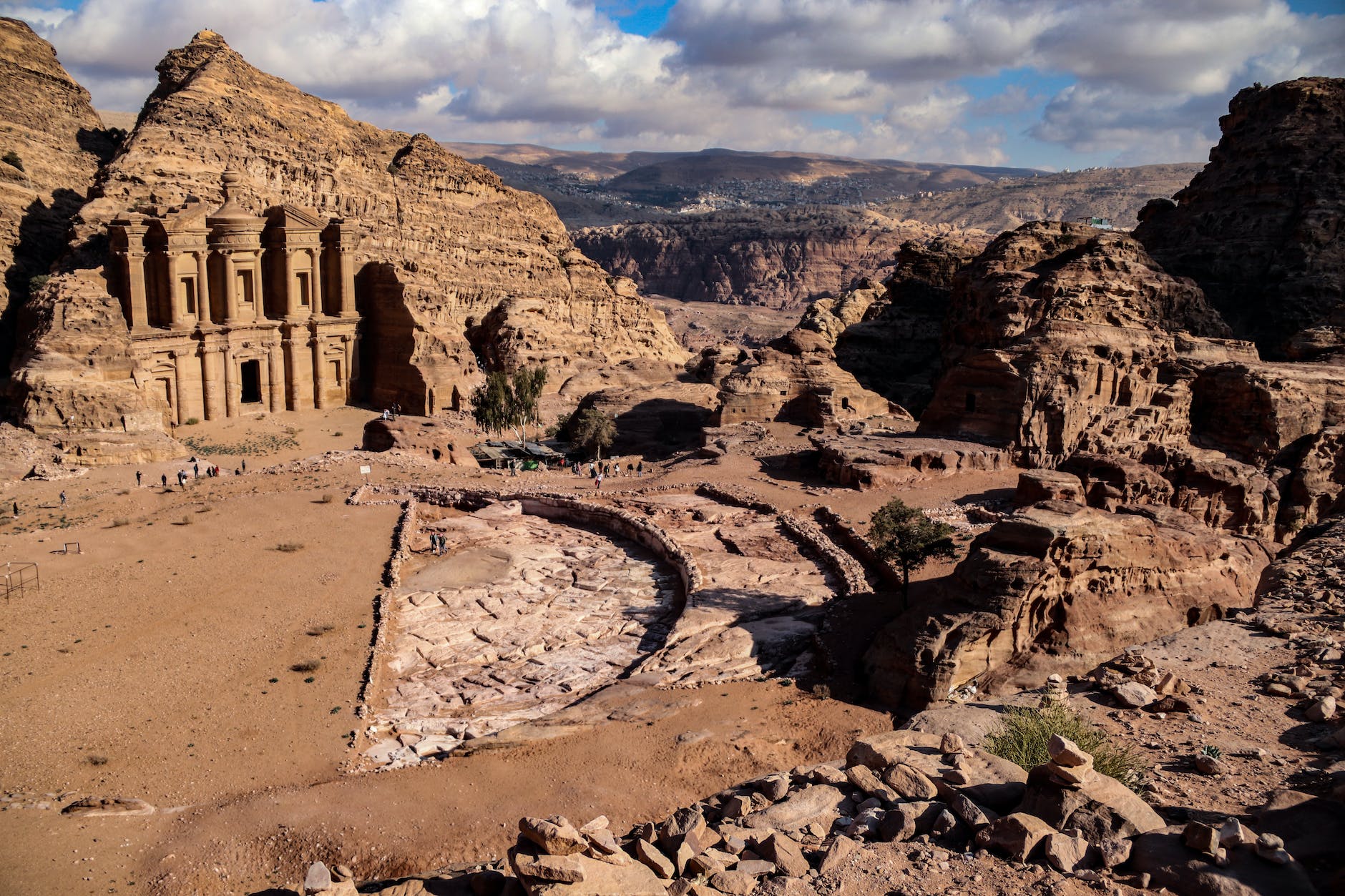Exploring the World’s Most Breathtaking and Forgotten Cities: A Journey Through Time

Forgotten cities are a fascinating concept, as they represent the remnants of our past. These ancient ruins, historical sites, and abandoned cities tell us stories of civilizations that have long gone and remind us of our shared history. They also provide us with an opportunity to explore the mysteries that lie beneath them. From ancient empires to modern cities, forgotten cities are full of secrets waiting to be discovered.
Have you ever wondered what it would be like to travel back in time and explore some of the world’s most spectacular lost cities? From the ancient city of Troy to the hidden gems of Petra, many forgotten cities around the world have been lost to time. In this article, we will take a journey through time and uncover 6 of these forgotten marvels. Join us as we explore hidden destinations, abandoned cities, and archaeological sites that have remained untouched for centuries.
1. The ruin of Troy the ancient city of Troy, once known as Ilion in ancient Greek, was the setting for Homer’s Iliad and is believed to have been founded around 9000 BC. It was a prosperous city-state that had an estimated population of nearly 100,000 people and was home to several temples dedicated to the gods. The city became an important military stronghold when it was conquered by King Priam and his son King Priam II in 1250 BC. However, due to its proximity to Greece and clear signs that it had been a significant military site over the years, it was attacked and destroyed by the Greeks in 1250 BC. The Iliad is believed to have been written around 750 BC.
2. The Lost City of Petra, Jordan Petra is a city in the southern region of modern-day Jordan best known for its stunning architecture and a vast array of carved rock monuments. The city held a strategic position along trade routes in the ancient world, making it one of the wealthiest cities in the region. The city was used as a quarry for monuments to be used as waypoints for caravans traveling between Egypt and Mesopotamia. However, during antiquity, Petra was abandoned due to natural disasters that caused gradual subsidence from erosion and earthquakes which resulted in homes being buried until they became inaccessible.
3. Machu Picchu, Peru Machu Picchu is a 15th-century Inca citadel in Peru that was built at the summit of the Hiram Bingham volcano. It is located on top of Huayna Picchu Mountain and is reached by climbing up a steep trail for about 45 minutes from the village of Machu Picchu. The “Lost City” was built as an estate for Pachacuti Inca Yupanqui and served as his summer residence with surrounding terraces and terraced fields used for agricultural purposes.
4. The city of the Dead, Pennarasi, Turkey the City of the Dead is a necropolis in southeastern Turkey that dates back to between 2000-1000 BC. It was originally built with mud bricks and reed insulation, and it reached a peak during the Neo-Hittite period at around 1000 BC. This site contains many intact tombs from this era which are covered partially or completely in mudbrick where burial goods would be placed on top of the body during burial to preserve them. The monuments here show Hittites playing harps and lutes while wearing masks.
5. Teotihuacán Teotihuacan is a vast archaeological site located in Mexico that is the largest city of the pre-Columbian Americas. The city flourished between 100 BC and 750 AD but was abandoned around 700 AD due to cataclysmic events. This ancient city is characterized by artificial stone pyramids and plazas, various platforms for temples, large sculptures as well as other decorations on buildings and monuments that can only be seen from the air or pictures taken from above. Teotihuacan has been heavily studied by archaeologists and was declared a UNESCO World Heritage Site in 1987.
6. Tikal Located in what is now Guatemala, Tikal was once a complex of temples and pyramids that were inhabited by the Maya civilization. The site is littered with countless stone stelae, which depict rulers and their relationships with the gods. But today, Tikal is more than just remnants of an ancient people – it is considered one of the most important archaeological sites in Central America for its grandeur and size. It also stands as a testament to how quickly civilizations can fall when faced with drought or overpopulation from too many mouths to feed or warring tribes or invasions from outside. The Maya, a civilization that flourished in Central America between the 3rd and 9th Century AD, mysteriously collapsed around 900 AD. The cause is still unknown.
Many of the world’s forgotten cities have a deep cultural and historical significance that is often overlooked. These cities are a reminder of our shared history and the importance of preserving cultural heritage sites. They also provide us with an opportunity to learn more about the diversity of cultures that have existed throughout history. As we explore these forgotten cities, we can gain greater insight into our past, while also appreciating the unique cultural richness they offer. By understanding their significance, we can work to conserve these sites and ensure their stories are not forgotten.
Exploring forgotten cities is a great way to learn about the history, culture, and traditions of a place. By studying forgotten cities, we can gain insight into how local cultures and traditions have been preserved over time and how they have impacted society and the environment. We can also explore the architectural wonders that are often hidden away in these forgotten cities. By doing so, we can gain an understanding of how ancient civilizations lived and built their cities. Exploring forgotten cities is an excellent way to connect with our past and understand its impact on our present-day lives.
